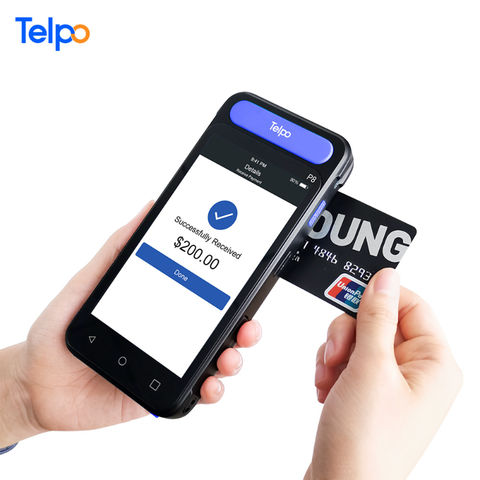
- CREDIT CARD READER FOR ANDROID PHONE UPGRADE
- CREDIT CARD READER FOR ANDROID PHONE SOFTWARE
- CREDIT CARD READER FOR ANDROID PHONE SERIES
Rather than being hardwired indoors, most of these models simply connect to your smartphone or tablet with a jack. Merchants who conduct business outside of traditional brick-and-mortar stores often accept mobile payments through app-driven readers. However, some newer software-driven readers are wireless and Bluetooth-enabled. These readers are typically connected via USB as opposed to telephone cables.
CREDIT CARD READER FOR ANDROID PHONE SOFTWARE
All information and processing is done through software, which is either standalone POS software or integrated with business management software. Software-driven credit card readers consist of the reader and nothing else these devices exist merely for the swipe. Given their added security features and overall capabilities, terminal readers tend to be more expensive than other readers. While some of these are connected via telephone cables, many have WiFi connectivity and expandable storage options. Not only do they allow you to swipe credit cards, many terminals also come with chip readers, signature pads, and a number pad. Terminal card readers are your best option if you’re looking for an all-in-one solution for credit card processing.
CREDIT CARD READER FOR ANDROID PHONE UPGRADE
On the other hand, you might be motivated to upgrade your entire POS to create a more streamlined payment process. You may wish to choose a credit card reader that seamlessly integrates with your POS, in which case you’d use the software and devices you currently have. If you’re not sure where to begin, first examine your point-of-sale (POS) setup. Some retailers charge more for their products and services to compensate.

This ends up cutting into your profit if you decide to swallow the fees. The fees vary considerably between processors, but it may cost you between 1% and 3% per transaction in addition to a flat rate service fee. When you begin using a credit card reader, you’ll need to pay interchange, assessment, and processing fees to your payment processor.

For some business owners, it’s a considerable amount of money, which is why some stick to cash and checks.
CREDIT CARD READER FOR ANDROID PHONE SERIES
FeesĪs a business owner, you’re subject to a series of fees for every credit card transaction you process. Only late models of certain credit card readers are equipped with this feature, so be prepared to spend a little more for it. Once the chip is read via NFC (near-field communication), a series of lights or beeps indicates that the payment has been processed. Some credit card readers offer contactless payment, in which a chip credit card or smartphone is waved across the reader pad. Receipt paper is usually thermal, which means additional heat exposure will degrade the printout. They’re usually capable of printing end-of-day reports as well as other information related to credit card transactions. Traditional card readers, namely terminal readers, print both merchant and customer receipts. Rather, these readers are connected to software or an app that sends receipts to patrons via email. Receipt printingĪs more businesses go paperless, it comes as no surprise that many credit card readers don’t print receipts. For the most part, chip readers are usually found in all-in-one terminal readers, which tend to be the most expensive types of credit card readers. If having a chip reader is non-negotiable for your business, keep in mind you’ll end up paying more for this premium feature. If payment isn’t approved by the issuer or financial institution, the payment is immediately denied in the credit card reader. Some credit cards also require a PIN from the credit card holder to complete transactions.

It contains additional identifying information about your card, making it harder for thieves to reproduce it and use it. The “chip” is a tiny metallic emblem located on the side of your credit card. Over the last decade, many credit card issuers and financial institutions have adopted credit cards with embedded microchips for added security. In fact, many budget-friendly credit card readers cost less than readers without encryption. Luckily, encryption is not considered a “premium” feature that drives up the price. While it seems like encryption should be a standard feature in credit card readers, it’s not. This means the reader is equipped with security precautions that minimize the possibility of credit card theft. Information security is paramount, which is why it’s generally recommended to choose credit card readers that are encrypted. That way, if you experience a power outage or your regular reader malfunctions, you can still accept mobile payments. Even if you’re investing in a terminal or software-driven credit card reader, it’s a good idea to invest in an app-driven reader as a backup.


 0 kommentar(er)
0 kommentar(er)
